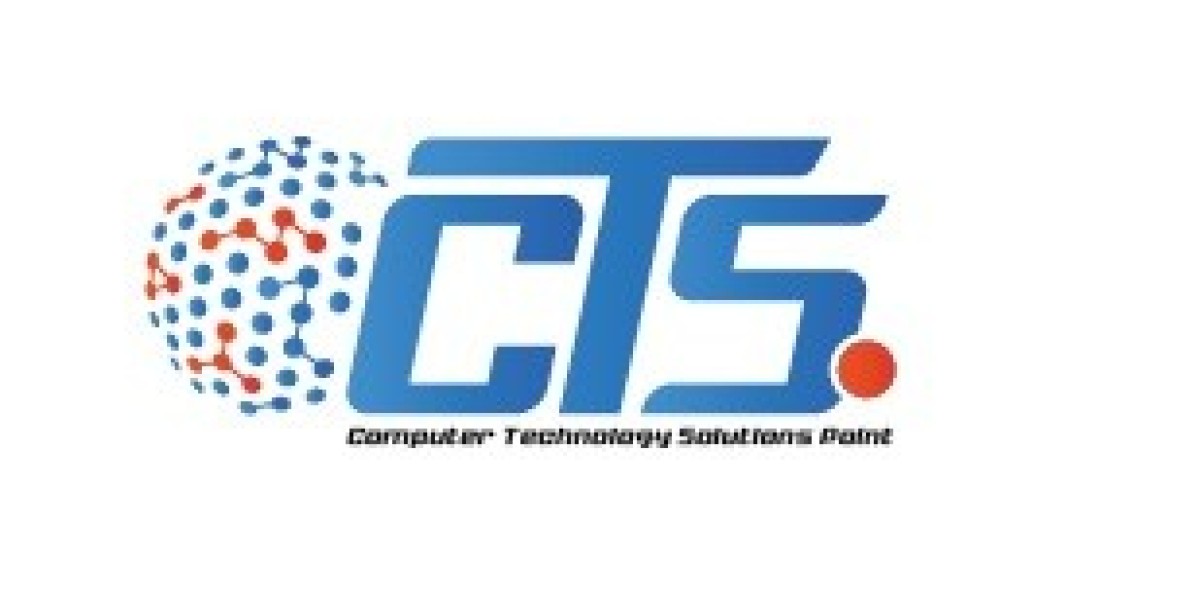FireWire Devices were once a popular choice for high-speed data transfer, especially in professional multimedia environments. Initially developed by Apple in the 1990s, FireWire, also known as IEEE 1394, provided a faster and more reliable alternative to USB for connecting devices such as external hard drives, video cameras, and audio interfaces. Though newer technologies like USB 3.0 and Thunderbolt have largely replaced FireWire, it remains an important standard in certain industries.
What Are FireWire Devices?
FireWire Devices refer to any peripheral hardware that connects to a computer using the FireWire interface. FireWire allowed for faster data transfer compared to the early versions of USB, particularly in applications requiring high bandwidth, such as video editing and audio recording. Devices that used FireWire included digital video cameras, external hard drives, and professional audio equipment.
The two primary versions of FireWire were FireWire 400 and FireWire 800. FireWire 400, the original version, supported data transfer speeds of up to 400 Mbps, while FireWire 800, introduced later, doubled the speed to 800 Mbps. These speeds made FireWire Devices a preferred option for users needing to transfer large media files quickly.
How Do FireWire Devices Work?
FireWire Devices function by using a serial bus architecture that allows for high-speed data transfer between the computer and connected peripherals. The FireWire standard allowed for direct peer-to-peer connections, meaning that FireWire Devices could communicate with each other without needing a computer as an intermediary. This feature enabled faster data transfers and reduced latency in video and audio production workflows.
FireWire’s ability to support multiple devices through daisy-chaining was another key advantage. Users could connect up to 63 devices on a single FireWire bus, making it highly convenient for professionals working with numerous peripherals.
Applications of FireWire Devices
FireWire Devices found their primary applications in multimedia production, particularly in video and audio recording. For example, digital video cameras often featured FireWire ports, enabling fast and efficient transfer of video footage to editing systems. The high-speed data rates ensured that even large, uncompressed video files could be moved quickly without loss of quality.
In audio recording, FireWire Devices were frequently used to connect professional-grade audio interfaces to computers. The low-latency connections offered by FireWire ensured real-time audio playback and recording, making it a preferred choice for studio setups.
External hard drives were another common use case for FireWire Devices. FireWire drives offered better performance than USB drives, especially for users working with large files like HD video or high-resolution audio tracks. The faster data rates meant that tasks like backups, data migration, or accessing large files were significantly faster.
The Decline of FireWire Devices
Despite its strong performance, FireWire Devices have largely been replaced by newer standards like USB 3.0, Thunderbolt, and USB-C. These newer interfaces offer similar or better data transfer speeds while being more universally supported across a wide range of consumer devices. USB 3.0, for instance, supports speeds up to 5 Gbps, far surpassing FireWire 800’s 800 Mbps.
Apple, the primary backer of FireWire, began phasing out FireWire ports from its devices in favor of Thunderbolt, which provided faster speeds and greater versatility. As a result, the use of FireWire Devices has declined over time, and many modern computers no longer include FireWire ports.
Legacy Use of FireWire Devices
Despite its declining mainstream usage, FireWire Devices are still found in some specialized industries, particularly in older video and audio production setups. Professionals who rely on legacy equipment may continue to use FireWire interfaces due to their compatibility with existing systems and their reliable performance in specific tasks. FireWire adapters and PCI cards are available to enable connectivity with newer computers that lack built-in FireWire ports.
Conclusion
FireWire Devices played a significant role in advancing data transfer capabilities during their peak, particularly in media-heavy applications like video editing and audio recording. While FireWire has been replaced by newer, faster technologies, its impact on professional workflows remains evident in the continued use of legacy equipment in specific industries. For users working with older multimedia systems, FireWire Devices still offer reliable performance and fast data transfer rates, ensuring their continued relevance in niche areas.









